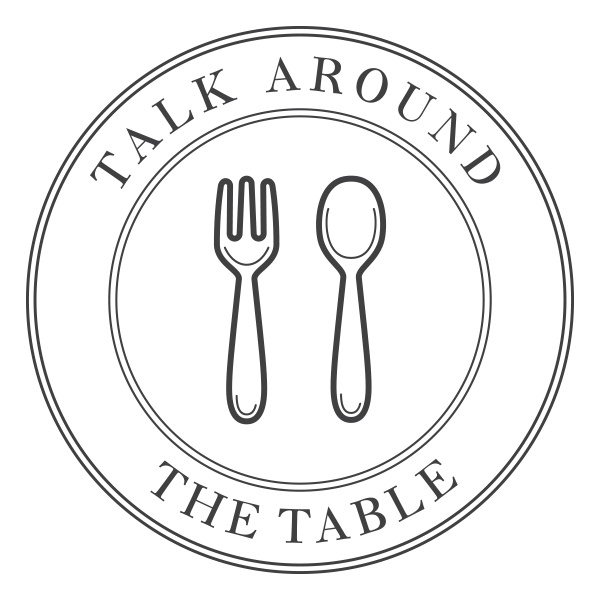Introducing solid foods into your baby's diet is always a fun and memorable milestone. I can vividly remember feeding my youngest beets and watching her paint her whole body with the purple mess!
If you are feeling overwhelmed at the specifics for introducing pureed and solid foods, I've included some helpful tips below that will increase your confidence and improve your child's feeding success!
When is my baby ready to start solid foods?:
- Child shows good head support (not floppy)
- Reaches for food from adult’s plate
- Generally around 5-6 months of age
Where should my child sit to eat?
- I recommend placing your child in a well secured high chair with a foot rest. High chairs come in all shapes and colors (and I am wooed by the snazzy leather wipeable seats), but the most important although non-glamorous part of a chair is the foot rest! The feet stabilize the entire body for sitting and allow your child to be more comfortable. Try eating your dinner with your legs suspended-it will wear you out! If you are eating outside, a booster seat that allows the child's feet to touch the ground or table is a great option for stability.
- Keep head in neutral, centered position (not tilted up or down or leaning)
- Arms rest comfortably in lap or by sides
Progression for feeding:
- Start with pureed solids with a spoon or squeezable pouch. (THESE squeezy pouches are amazing!!! You get your life back when your child can feed himself!)
- Some children don't like purees, so you can also try small, SOFT cubed solids (mashed avocado, diced sauteed zucchini, melon, sweet potato, diced butternut squash)
I recommend starting with fruits and vegetables first and avoiding all processed foods so your child develops a taste for the flavorful variety of foods straight from the ground.
Sample food ideas:
- 6-9 months: include vegetables and fruits high in iron, such as sweet potatoes, carrots, broccoli, zucchini
- 9-12 months: include foods high in zinc, such as apricot, pear, plums, nectarines, bananas, oatmeal (soaked overnight, cooked, and blended for easier digestion)
- Cook your meats and veggies with high quality fats, such as coconut oil, olive oil, and ghee to give your child healthy fat sources.
- I mix bone broth or coconut milk with small portions of vegetables, fruits, and high quality meats in the blender for a whole "meal" to increase intake of nutrients as a child's feeding progresses.
If you are wanting to learn more tips for feeding success, I will be sharing more specifics in a guest post over at Oy!

